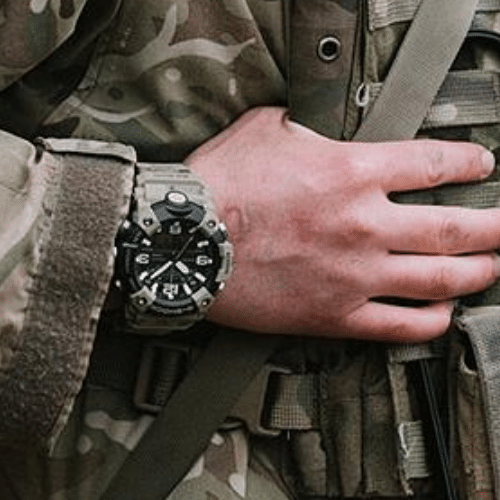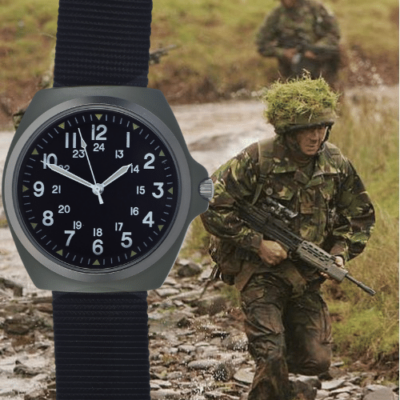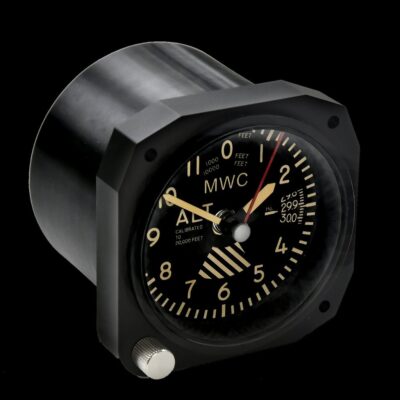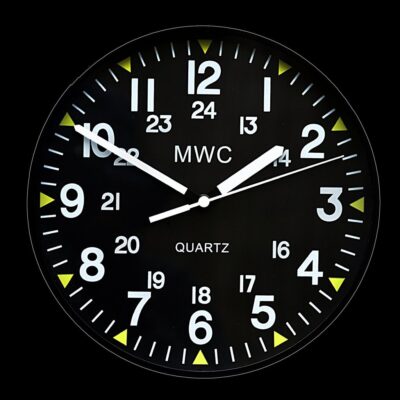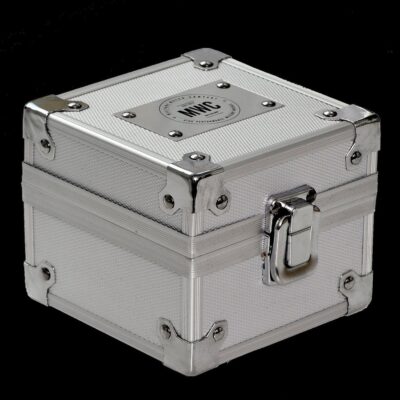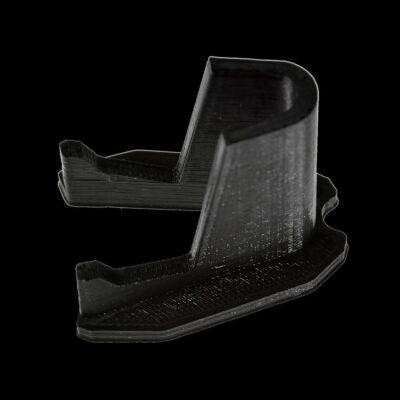News
Chinese Drone Mimics British Eurofigher During Testing: Adding a New Layer to Stealth Operations
A Chinese People’s Liberation Army aircraft thought to be an unmanned platform mimicked the identity of British Royal Air Force Eurfighter, ZK334, and the callsign YILO2400, while operating around Hainan island on November 19. The aircraft’s speeds and altitudes indicated it may have been a medium altitude intelligence or surveillance aircraft, with the absence of rapid acceleration or steep climbs being among the indicators of this. The operation may have been used to test plans to mimic adversary or third party aircraft during combat engagements to confuse hostile targeting efforts, which has been used by countries in the past to launch unexpected attacks. A notable prior example was the mimicking of American F-15 fighters by Israeli Air Force F-15s in the late 2010s to allow them to launch unexpected attacks on Syrian targets through Jordanian and Iraqi airspace.
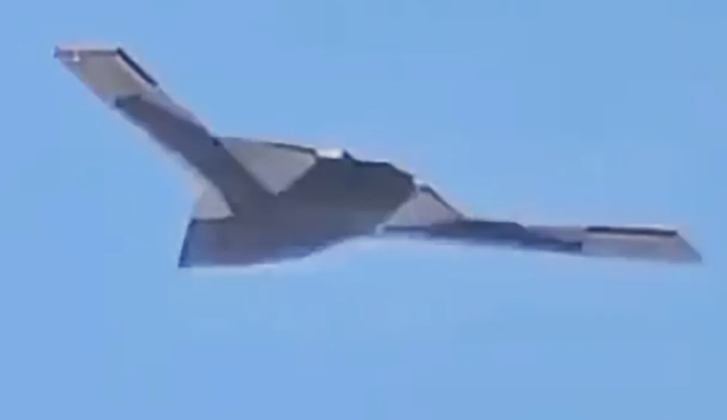
The British Armed Forces have significantly expanded their previously very limited presence in the Western Pacific, as part of broader efforts by countries across the Western world to perpetuate a Western-favouring balance of power in the region in the face of rapidly improving Chinese and North Korean military capabilities. These efforts began int he mid-2010s with deployments of Marines, warships, Eurofighters and various support aircraft to Japan, with London pledging to support any potential attack launched by the United States against North Korea in 2017 using these forces. In August a British Queen Elizabeth class carrier participated in a high-profile demonstration of allied naval power in the Northern Philippine Sea with U.S. and Japanese forces. Earlier in August month British F-35B fifth generation fighters were deployed for joint exercises with Japanese and South Korean air units under Operation Hightower.

The limitations of the United Kingdom’s military capabilities were highlighted when a British F-35B became stranded in India for 39 days in June-July, which follows a long series of incidents affecting its military equipment, including breakdowns and outstandingly poor availability rates in its destroyer fleet, and flooding, parts cannibalisation and other major issues affecting its still new aircraft carriers. The presence of British forces, although very limited in their capabilities compared to U.S., Japanese, and South Korean forces in the region, is nevertheless expected to factor into Chinese military planning.The Eurofighter itself is currently being phased out of service, with numbers having contracted significantly in recent years, while the Ministry of Defence has made clear that it will not make further procurements, as the fourth generation aircraft is increasingly considered obsolete and far from cost effective compared to the new F-35.

